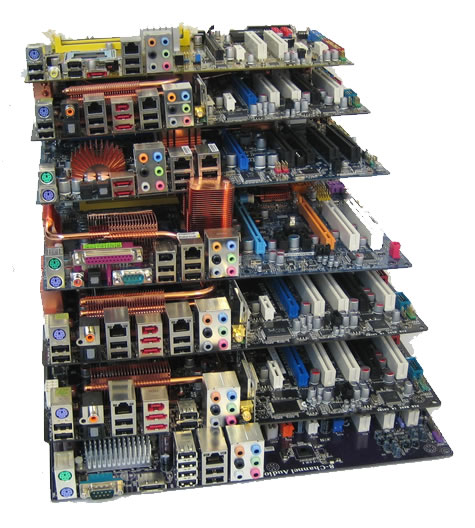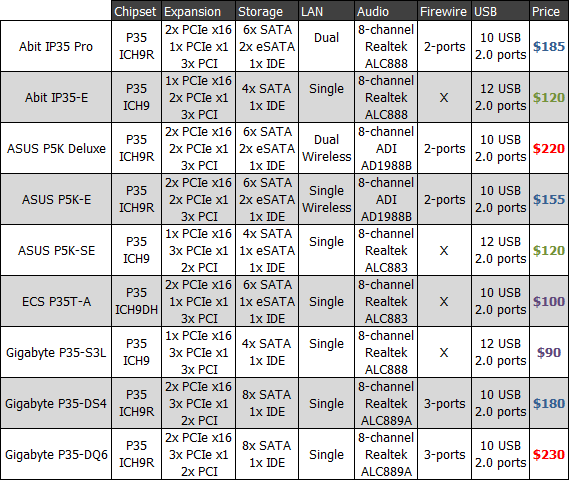
The thin & light brown PCB looks average while the cooling design is nothing to write home about. The northbridge chip features a small silver aluminum heatsink while the southbridge is cooled via a small black aluminum heatsink. The board layout is fairly crammed though everything is relatively easy to access due to excellent component placement.

There are really no design flaws to be found on the P5K-SE, but at the same time there is nothing exceptional about it either. The I/O panel features six of the ten USB 2.0 ports while there is a single PS/2 port, coaxial audio port, six audio jacks, a single eSATA port and one LAN port. There is more connectivity featured on the P5K-SE I/O panel when compared to the Abit IP35-E.


No comments:
Post a Comment